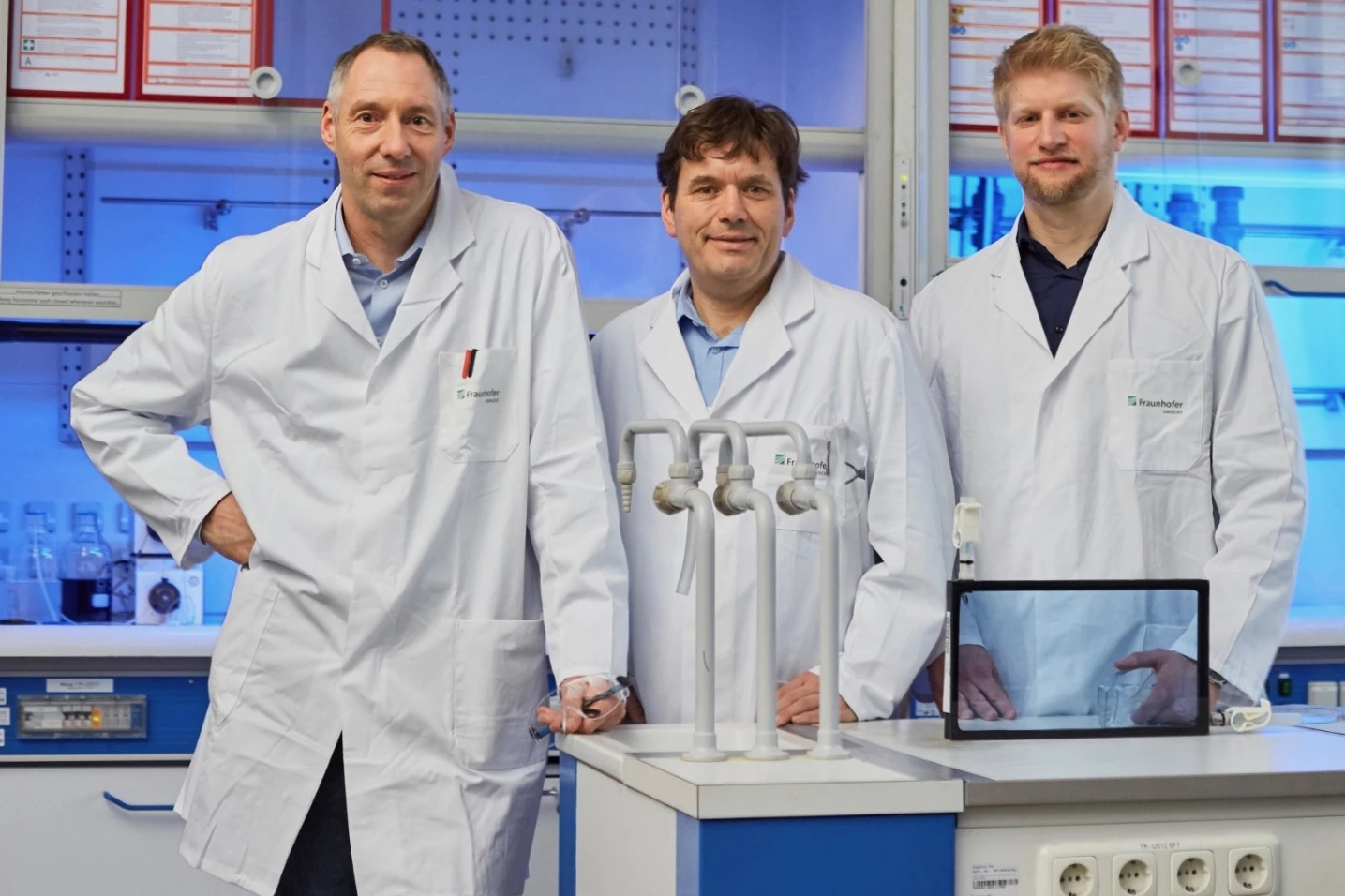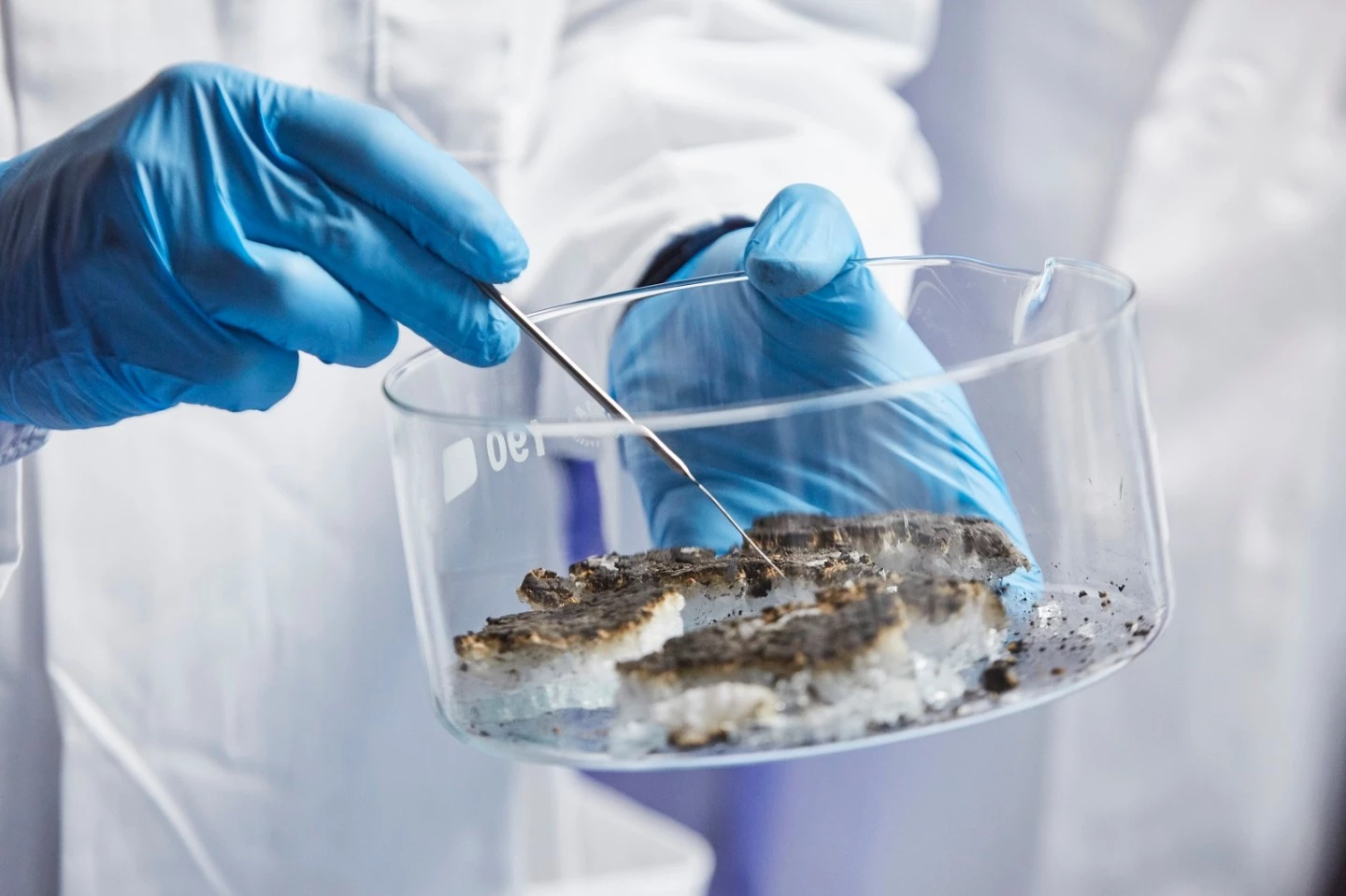Although fire-resistant windows do already exist, they contain a carcinogenic gel, plus their production generates a lot of waste. A new technology that works in the same basic fashion, however, is claimed to be much safer and less wasteful.
Ordinarily, such windows consist of two panes of glass with a transparent layer of acrylamide-based hydrogel sandwiched between them.
Once the pane that's facing the fire has heated up to the point that it shatters, the gel gets exposed to the flames. As the water in the gel proceeds to boil away, the temperature of the underlying pane is reduced via an evaporative cooling effect. Additionally, the gel forms into a thick heat-insulating layer of salt on the second pane, protecting it further.
Seeking a more innocuous alternative to the toxic acrylamide hydrogel, scientists at Germany's Fraunhofer Institute for Environmental, Safety and Energy Technology experimented with a variety of substances. After approximately 60 failed attempts, they finally discovered that an undisclosed "basic component" fit the bill.

It's not carcinogenic or otherwise hazardous, yet it still allows windows to remain intact while exposed to temperatures of over 1,000 ºC (1,832 ºF) for up to two hours. Additionally, on a production line that is now producing interior fire-blocking doors made of the glass, just 20 kg (44 lb) of waste are produced each day. By contrast, according to Fraunhofer, production of traditional fire-resistant windows produces 150 to 160 kg (331 to 353 lb) of waste on a daily basis.
The glazing is currently being incorporated into the renovation of the Global Tower and the construction of the Grand Tower, in Frankfurt.
There's more information in the following video.
Source: Fraunhofer




